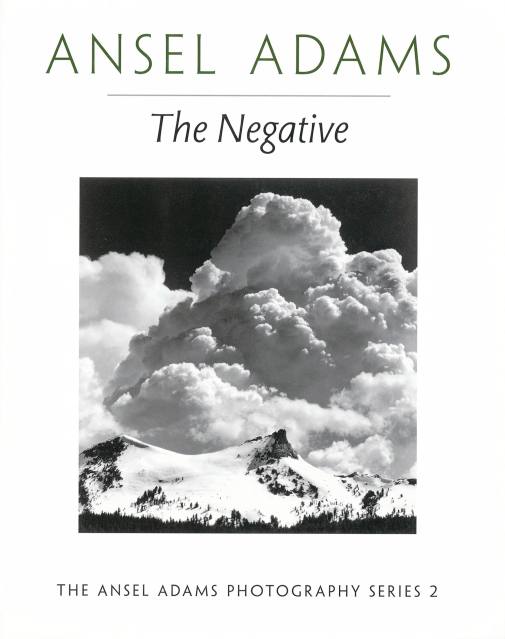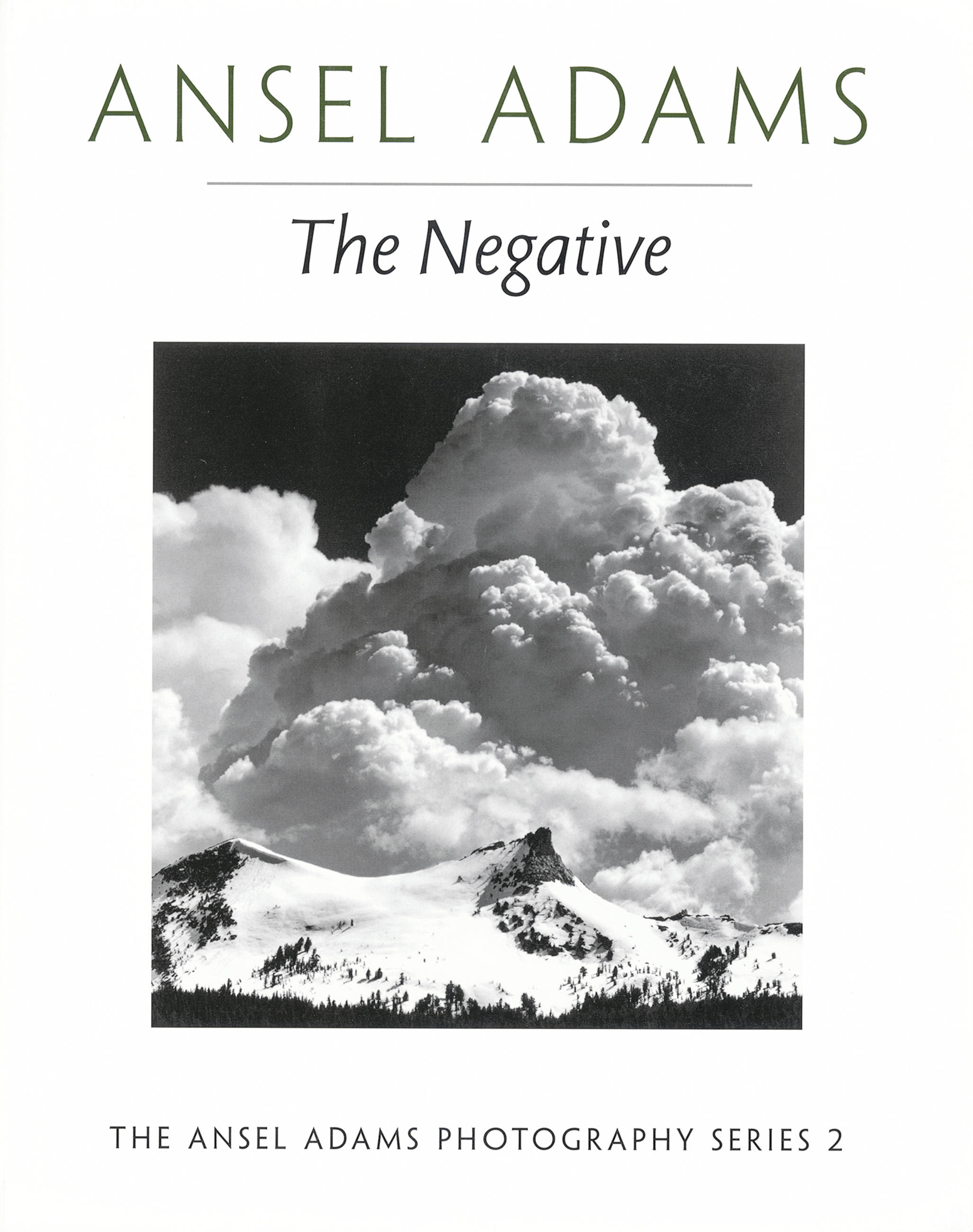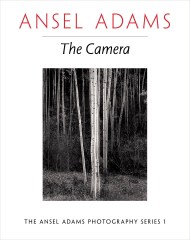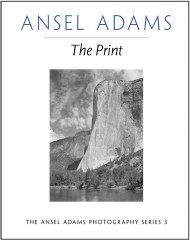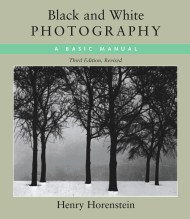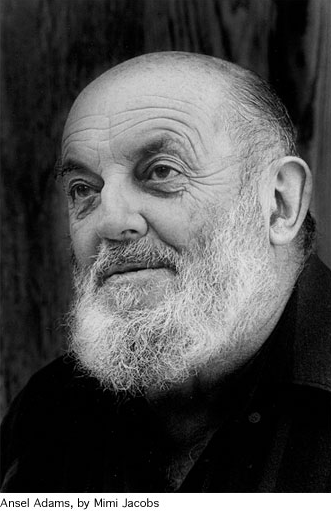Promotion
25% off sitewide. Make sure to order by 11:59am, 12/12 for holiday delivery! Code BEST25 automatically applied at checkout!
By clicking “Accept,” you agree to the use of cookies and similar technologies on your device as set forth in our Cookie Policy and our Privacy Policy. Please note that certain cookies are essential for this website to function properly and do not require user consent to be deployed.
The Negative
Contributors
Other Robert Baker
By Ansel Adams
Formats and Prices
- On Sale
- Mar 20, 2018
- Page Count
- 288 pages
- Publisher
- Ansel Adams
- ISBN-13
- 9780316485456
Price
$13.99Price
$17.99 CADFormat
Format:
- ebook (Digital original) $13.99 $17.99 CAD
- Trade Paperback $40.00 $51.00 CAD
This item is a preorder. Your payment method will be charged immediately, and the product is expected to ship on or around March 20, 2018. This date is subject to change due to shipping delays beyond our control.
Buy from Other Retailers:
Ansel Adams (1902-1984) produced some of the 20th century’s most iconic photographic images and helped nurture the art of photography through his creative innovations and peerless technical mastery.
Anchored by a detailed discussion of Adams’ Zone System and his seminal concept of visualization, The Negative covers artificial and natural light, film and exposure, and darkroom equipment and techniques. Beautifully illustrated with photographs as well as instructive line drawings, this classic manual can dramatically improve your photography.
Genre:
Newsletter Signup
By clicking ‘Sign Up,’ I acknowledge that I have read and agree to Hachette Book Group’s Privacy Policy and Terms of Use
